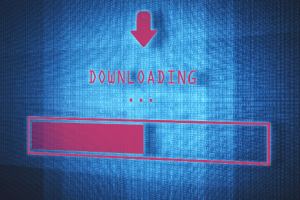 The mass e-mail campaigns sending malware are most often the vehicle bringing malware into systems. So-called “phishing” e-mails are particularly dangerous: Cyber criminals use these to “fish” for passwords and other personal information. These e-mails contain infected links or attachments and remain the most common method of distributing malware.
The mass e-mail campaigns sending malware are most often the vehicle bringing malware into systems. So-called “phishing” e-mails are particularly dangerous: Cyber criminals use these to “fish” for passwords and other personal information. These e-mails contain infected links or attachments and remain the most common method of distributing malware.
Today’s high tech phishing e-mails are often so well disguised and realistic that it is easy to convince unsuspecting recipients to click the link in the e-mail. Cyber criminals are good at what they do. They fish for access credentials, send links to fraudulent, infected websites, or attach files containing malware.
How can I secure my systems against these and similar external attacks?
To resist such attacks, you need a cyber security strategy that covers everything from system hardening to network zoning and down to security monitoring. IT security can be vastly improved with simple security precautions. For example, e-mails with Office attachments can first be quarantined and checked before delivery to recipients. Another advisable step is the deactivation of macros.
In our webinar “The most important elements of a cybersecurity strategy” we will show you important steps involved in safeguarding your systems:
https://sast-solutions.com/webinars-on-demand.html
If you are looking for more information about how to protect your SAP landscapes and your IT systems, you can visit our SAST SOLUTIONS website or contact us directly at mailto:sast@akquinet.de
Fittingly you can read more about this in the “Security Insider” dated March 19, 2020, entitled “COVID-19 and Consequences for Security” (“COVID-19 und die Security-Folgen”):

